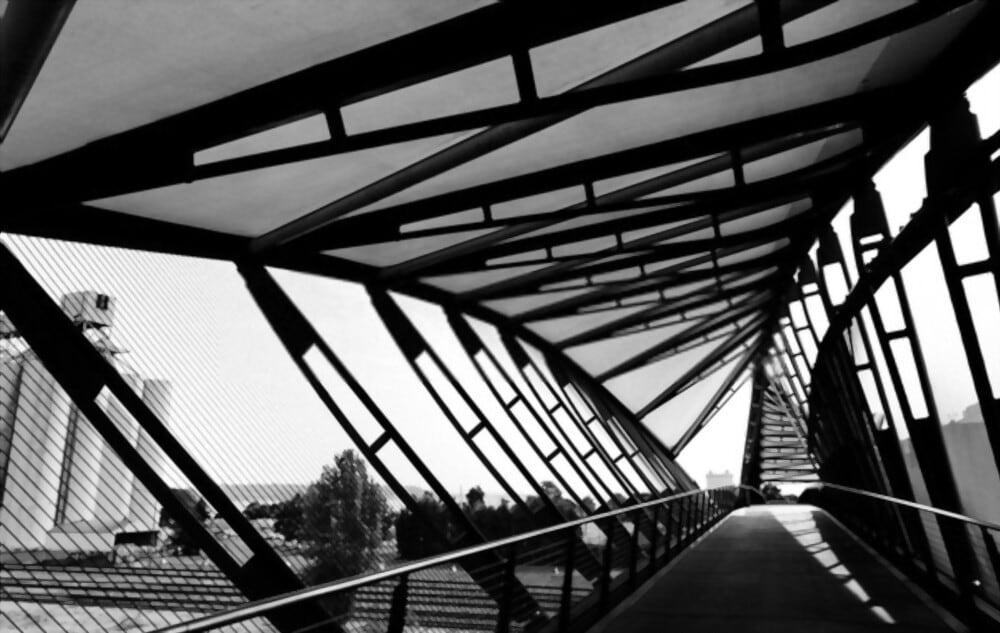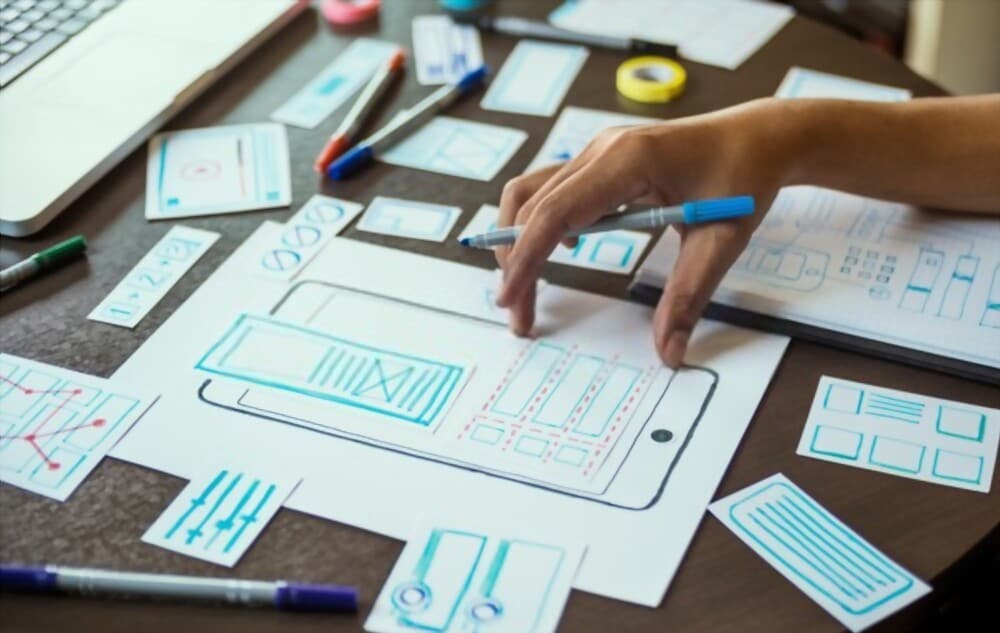Spatial Experience in UX Discipline

When we consume in different places and consume in different commercial spaces, we will have different spatial experiences. Different commercial experiences require different spatial experiences. So based on this logic. For example, to eat hot pot and western food, do they have the same space experience requirements? So they have completely different ways of thinking about the atmosphere of the space. But one thing is the same, that is, the purpose of a good space experience is the same.
Definition
Space experience is an extension of design services. It is not only the decoration design of the space itself, but also pays more attention to the complete experience process of participants from entering the space to leaving the space; from vision to hearing, to touch, to smell, and process The emotional docking and storytelling in the book are both multi-dimensional experience forms of interaction with participants.
Creating a good business experience starts with creating a good space experience. How to create a good spatial experience?
We have a five-dimensional idea here. Mainly around 5 dimensions. It is our five senses. Sight, hearing, smell, taste, and touch. This is determined by our physical characteristics. These five sensory stimuli are transmitted to the brain, processed by the brain, and finally, show our feelings and emotions. So naturally, if we want to create our spatial experience, we need to think about these five aspects separately.
Features of spatial experience
1. Spatial experience is personal. In the process of space experience, participants are required to experience it in person, actively participate in their own will, and realize the specific and feasible space experience by combining their own senses with life experience. Implementation, and under the premise that the experiencer exerts the subjective initiative, can guarantee the most authentic feeling and the most practical value.
2. Spatial experience is subjectively active. The space experience link in environmental art design is the individual experience of the experiencer, because each experience is a subject with different concepts, and his own imagination and feelings are based on personal experience, experience, knowledge, and experience. Many factors, such as the degree of participation, have unique characteristics, and because of the different cognitive abilities and degrees of individuals themselves, different experiencers have different feelings about the space environment.
3. Spatial experience is comprehensive. The spatial experience is not only a simple visual experience, but the result of the experience comes from the combined effect of various organs, and it must integrate personal emotional experience, which is a combination of human inner activities and external spatial environmental stimuli. Comprehensive experience.
4. Spatial experience is malleable. In the process of experiencing spatial experience in a limited space, although the space environment that can be provided is limited, in the process experience, the range of communication experienced by the experiencer is unlimited, It depends on people's thinking mode, emotional imagination, and living memory and so on.
The relationship between space experience and environmental art design
With the continuous stabilization and improvement of material living standards, people have begun to consciously seek and advance in the spiritual direction, and the pursuit of living and working environment will be more inclined to the spiritual level. At this time, the architectural art design is more and more catering to consumers. As well as the preferences of the viewers, space experience has played an increasingly important role in environmental art design.
Space experience is the foundation of the environmental art design. Good environmental art design works are not the result of behind closed doors but are based on the designer's good knowledge and cultural accomplishment, rich experience, and imagination, etc. in the actual architectural environment art design process, The correct space experience can help designers continue to learn and accumulate creative materials, and apply the inspiration they feel to the environmental art design. Furthermore, the way of space experience makes the art design more evidence-based, not just Create by imagination, thus avoiding wasting time due to the inoperability of the design concept.
Environmental art design tends to be emotional and humanized. The environmental art design is a discipline closely related to people's lives. In terms of major policies and policies, we emphasize people-oriented and highlight the role of human subjectivity. At this time, the space experience makes the entire design The links are more emotional and human. In the process of operating and implementing through an emotional experience, the designer constantly understands the needs of people's inner world and the perception of the surrounding environment, so that the work more reflects the will of people and is more in line with People-oriented development requirements.
The importance of spatial experience in environmental art design
Spatial experience is a necessary learning method in environmental art design. In the daily creation and design process, the space experience helps the designer to add a lot of practical operation links in the study of books and textbooks. It encourages people to walk into the building to feel the information transmitted to the people by the environment and make the whole design process better.
Humanized and innovative, higher than the viewpoints provided by books, and more in line with people's needs for architectural design in real life, and space experience can make creators and viewers a deep impression as a learning method. It increases the architectural visual experience of both parties and stimulates people's ability to think independently of the architectural art design.
Spatial experience is an effective design approach in environmental art design. First, the design approach to create spatial structure relationship and integrate the spatial experience into environmental art design is to associate people with architecture, environment, place and the life plot it carries, so as to stimulate people's creative inspiration and apply it to spatial layout conceptual design with related knowledge is not limited to the daily architectural structure in creating the spatial structure relationship.
It makes the entire environmental art design reflect the humanized design concept, so that the spatial structure layout is no longer single and repeated, but from the life experience Create a more distinctive and ornamental architectural design. Second, establish a sense of place. In the process of spatial experience, it can be extended in-depth to establish a sense of place throughout the process.
The establishment of a sense of place is the sublimation of spatial experience. People can combine their own understanding of history and culture, the life plots carried by the surrounding space, personal memories, longings, etc. to feel the meaning of space experience.
Environmental art design has a sense of place, which is a higher requirement of modern people for space experience. On this basis, a good architectural environment art space is created through regional culture, ethnic customs, functional elements, and historical context. Establishing a sense of place in the order of spatial structure is an effective design approach in environmental art design.
The relationships between Spatial Experience and UX

To ensure people feel good in physical spaces, UX designers need a variety of skills; experience design, service design, ergonomics, and preferably architectural design skills (like interior design). These disciplines share similar methods and approaches – even their deliverables are alike. In UX, designers create wireframes to display the layout of a website or an app, as well as to show features and interactivity. In architecture, floor plans are produced to map out space and to show the flow of activities and movements in addition to indicating furniture layout. Architects and interior designers produce mood boards. UX designers create mock-ups to communicate the vision of the product, and so on.
Therefore, a good spatial interface must meet our expectations, like the models that exist in the physical world. It was created for humans and supports our mind, which thinks in terms of space and time. These interfaces take into account where the items are. Using them is as easy as walking through a well-planned building. One space moves into another without any surprises.

